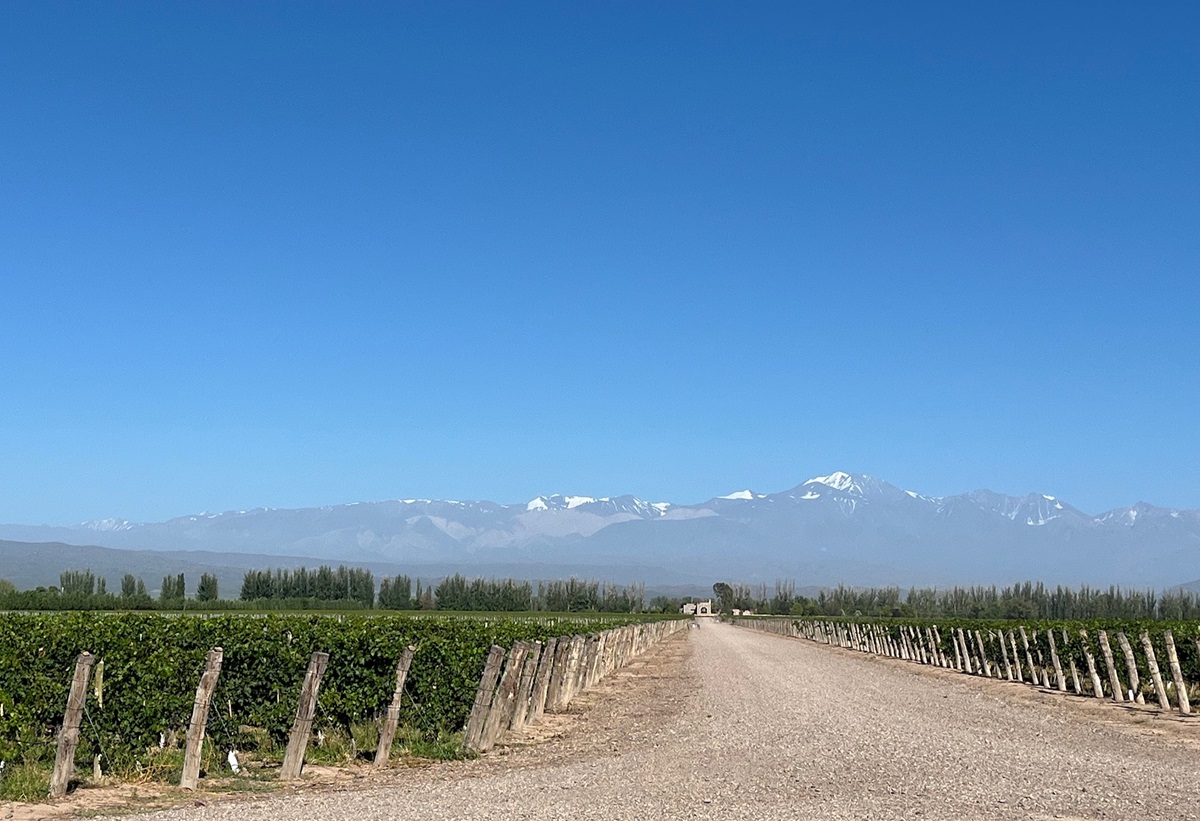NEUSIEDLERSEE DAC
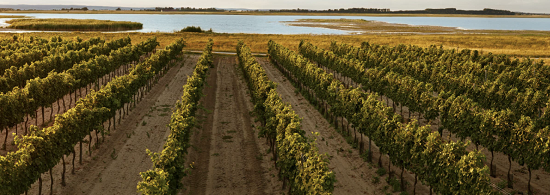
By Rose Murray Brown MW
Neusiedlersee DAC is one of the most dynamic wine areas in Austria with a young generation of vine growers eager to put their region on the map.
I recently tuned into a seminar by Dirceu Vianna Junior MW, sponsored by Burgenland and the Austrian Federal Ministry of Agriculture, to learn more about Neusiedlersee’s diversity of wine styles from this unique area.
“Lake Neusiedl is the main lake which is well known and an important influence on the microclimate of Neusiedlersee DAC”, explained Junior.
“What many people do not realise, if they visit in summer months, is that there are actually 50 small lakes in the salt and soda basins, which often dry up in summer so you cannot see them”.
Neusiedl is Europe’s largest endorheic lake (122 square miles), with no outflow to river or ocean, and is only about one metre deep, surrounded by a large reed plantation and the water surface is able to retain warm temperatures up to 30 degrees in summer slowly releasing heat during night.
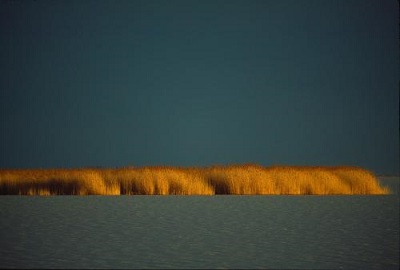
“The UNESCO World Heritage site around the lakes is rich in biodiversity and wildlife including buffalo, birds, fruits, vegetables and vines – and is hugely influential on the surrounding microclimate and acting as a moderating influence on the vineyards”, says Junior.
With warming climate temperatures in recent years, it is perhaps a worry that the large lake might dry up? I asked Brigitte Pittnauer, whose winery is based in Gols village with vineyards in Heideboden zone a few kilometres from the lake:
“During the drought of 2003 the level did go down which concerned local vignerons – but has recently remained relatively stable ever since”, says Pittnauer. Looking back in history, the lake has dried up at least 100 times, but the most recent was in 1866 when rice was the most planted crop – and by 1877 it had returned to its current size.
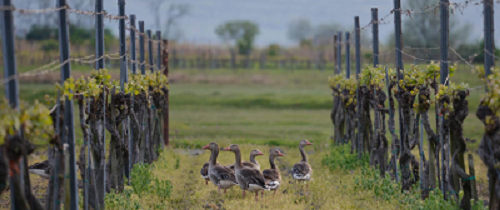
Not so long ago, farming in this area of northeast Burgenland on the Austria/Hungarian border was basically mixed: pigs, cattle, fruits with some vines.
Now two generations on, growers are realising the potential for certain red grapes on the north eastern side of the lake aided by warmer temperatures, with sweet botrytised wine styles still dominating south east of the lake. It is a flourishing wine region with 6,700 hectares of vineyards, in an area just 60km north to south.
“Neusiedlersee has the same latitude as Burgundy, but is at a crossroads with Atlantic, Pannonian and Baltic influences – and the wind from the northwest can also be an issue here”, explained Junior
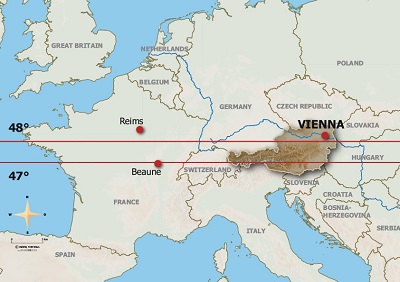 “It is also Austria’s warmest area with 2000 hours of sun – the average in Austria is 1,600 – and rainfall is moderate here with just 600mm compared to average 1,100”, he says.
“It is also Austria’s warmest area with 2000 hours of sun – the average in Austria is 1,600 – and rainfall is moderate here with just 600mm compared to average 1,100”, he says.
Dessert wine styles in the south east corner of the lake were the first to put Neusiedlersee on the wine map back in the 1980s. Misty mornings and sunny afternoons allow botrytis to flourish creating sensational Beerenauslese and TBA styles – with best known sweet wine producers Kracher and Angerhof-Tschida in Illmitz village.
The most exciting development since the 1990’s has been with red wines. St Laurent, Blaufrankish and particularly the famous Austrian St Laurent/Blaufrankisch cross Zweigelt flourish on diverse soils of clay, loess and gravel on gentle slopes further away from the lake – and in sandier flatter vineyards nearer the water.
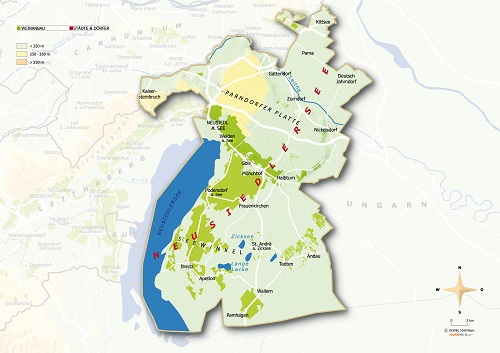
What has helped the rate of progress here is that wine growers have worked together – for example the Pannobile Group set up in 1998. This included such illustrious names as Judith Beck and Gerhard Pittnauer (founded 1986) based in Gols, who also pioneered organic and biodynamic at the same time from 2005 onwards in Neusiedlersee.
Today seven of the nine Pannobile members are all part of the Austrian biodynamic group Respekt-BIODYN (including Judith Beck, Gerhard Pittnauer, Gernot & Heike Heinrich, Andreas Gsellmann, Hans & Anita Nittnaus, Claus Preisinger & Paul Achs).
Now two decades on, a new influx of young growers are making a name for themselves with impressive wines from low yields and single vineyards – contributing to Austria's new red powerhouse. Now with dialled back new oak and more moderate alcohol levels, the resulting wines are racy juicy and elegant.
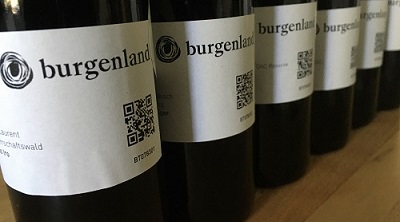
TASTING HIGHLIGHTS:
GRAPE: ST LAURENT
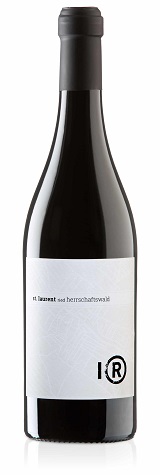 ST LAURENT RIED HERRSCHAFTSWALD 2019 Weingut Markus Iro ***STAR BUY***
ST LAURENT RIED HERRSCHAFTSWALD 2019 Weingut Markus Iro ***STAR BUY***
Village: Gols
Founded: 1980s with current generation in 2011
Vineyards: 20 hectares
Winemaker: Markus Iro
Price: E18.40 ex cellar
Taste: Very good example of the tricky St Laurent made from a low yielding 20 year old single vineyard, aged in 100% new French oak for 300 days. Rich cherry notes, dense fruits, rich forest fruit mid-palate, vanilla notes, slightly spicy and peppery, smooth tannins – juicy, fresh, succulent and pure. No wonder this won the Falstaff St Laurent trophy.
GRAPE: BLAUFRANKISCH
BLAUFRANKISCH RIED UNGERBERG 2017 Weingut Georg Preisinger
Village: Gols
Founded: 1851 with current generation in 2010
Vineyards: 10 hectares
Winemakers: Georg & Katharina Preisinger
Price: E26.50 ex cellar
Taste: Subtle example of Blaufrankisch from cooler vintage from low yielding single vineyard, on south west slope facing the lake; aged 24 months in mainly French barriques (20% new). Pretty aromatic plum fruit nose, quite restrained on mid-palate, sappy cherry fruits, some structure and tannins, but well integrated.
GRAPE: ZWEIGELT
ZWEIGELT RIED LUCKENWALD NEUSIEDLERSEE DAC RESERVE 2018 Weingut Gebruder Nittnaus
Village: Gols
Founded: 1686 with current generation in 2019
Vineyards: 112 hectares
Winemakers: Andreas & Hans Michael Nittnaus
Price: E15.90 ex cellar
Taste: From warm 2018 vintage, this Zweigelt from south west exposure single vineyard Luckenwald; 12 months in barrique. Perfumed raspberry liquor nose, fresh crunchy red fruits, cinnamon notes, bright fresh acidity with fine tannins – a good ripe example of Zweigelt which reminded me of Gamay with its fresh fruit style.
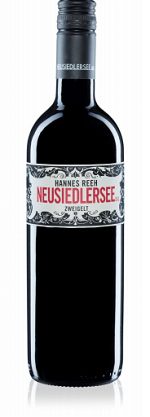 ZWEIGELT NEUSIEDERLERSEE DAC 2019 Weingut Hannes Reeh ***GOOD VALUE***
ZWEIGELT NEUSIEDERLERSEE DAC 2019 Weingut Hannes Reeh ***GOOD VALUE***
Village: Andau
Founded: 2007 by Hannes Reeh
Vineyards: 120 hectares
Winemaker: Hannes Reeh
Price: E7.40 ex cellar
Taste: Experimental winemaker Hannes Reeh set up his own project, having worked in Germany and Australia – and is making remarkably appealing wines. Light cherry fruits, initially soft with exuberant upfront fruit on mid-palate, smooth tannins, good texture. Good affordable example of Zweigelt made for early drinking (screwcap).
ZWEIGELT NEUSIEDLERSEE DAC RESERVE 2018 Artisan Wines
Village: Halbturn
Founded: 1970s with current generation in 2009
Vineyards: 7 hectares
Winemaker: Franz Schneider
Price: E14.50 ex cellar
Taste: From the tiny artisan producer Franz Schneider does everything himself in this operation. Zweigelt, matured in 500 litre Hungarian oak, has pure bright cassis fruits, fleshy mid-palate, hints of spice with soft tannins. Lovely wine – very appealing, easy drinking and good value – at its best served slightly chilled.
 ZWEIGELT RIED SEEWEINGARTEN NEUSIEDLERSEE DAC RESERVE 2017 Weingut Lentsch ***STAR BUY***
ZWEIGELT RIED SEEWEINGARTEN NEUSIEDLERSEE DAC RESERVE 2017 Weingut Lentsch ***STAR BUY***
Village: Podersdorf
Founded: 1950s with current generation in 2014
Vineyards: 22 hectares
Winemaker: Markus Lentsch
Price: E22 ex cellar
Taste: Weingut Lentsch (there are several with similar names in the area) are based very near the lake. Loved this very perfumed, rich intense, lovely rich blackcurrant fruits, lots of spice on palate with black peppery, soft textured tannins – another appealing example of Zweigelt.
REEHBELLION SPARKLING ZWEIGELT NV Weingut Hannes Reeh
Village: Andau
Founded: 2007 by Hannes Reeh
Vineyards: 120 hectares
Winemaker: Hannes Reeh
Price: E9.90 ex cellar
Taste: I do not normally enjoy red fizz, so I approached this carbonated red with trepidation. Surprised by its bright red berry and peardrop nose, deep cherry fruits, some sweetness (residual sugar is 22 g/l) with fresh vibrant acidity and soft tannins. Just a fun easy-drinking red pick-me-up fizz – serve chilled.
GRAPE: WHITE BLEND
CUVEE BEERENAUSLESE 2017 Weingut Munzenrieder ***GOOD VALUE***
Village: Apetlon
Founded: 1932 with current generation in 2005
Vineyards: 33.5 hectares
Winemaker: Johannes Munzenrieder
Price: E9 ex cellar
Taste: Outright favourite of the three sweet wines served at the tasting, a delightful sweet botryised blend of Welshriesling, Scheurebe and Gruner Veltliner. Rich honey and caramel nose, fresh mango fruit palate, luscious sweetness (residual sugar is 152 g/l), lingering length – it also seems good value.
Join Rose’s 'Meet the Rhone Winemaker' Bastien Tardieu of Tardieu-Laurent virtual tasting in association with Raeburn Wines on Friday 28 May 2021 www.rosemurraybrown.com
wine tastings
The perfect gift for the wine enthusiast in the family. Rose does In-person tastings too.
cellar advice
Rose does cellar valuations for private clients, valuations for insurers & bespoke portfolio management.
Related stories
March 31, 2024
By Rose Murray Brown MW Published in The Scotsman 30 March 2024 On 2 February 1659, the first wine made from grapes grown in South Africa was crafted by the Governor of the Cape, Jan van Riebeeck. He had planted vines four years earlier in the Company’s Garden near Cape Town from cuttings imported from France. Van Riebeeck’s first
March 24, 2024
By Rose Murray Brown MW Published in The Scotsman 16 March 2024 Heatwaves and bushfires were very much on the agenda when I visited Chile last month as winemakers prepared for their 2024 harvest in blistering heat and drought, with a plume of smoke from the devastating fires lingering over coastal hills. Heat and drought are the greatest challenges
March 23, 2024
By Rose Murray Brown MW Published in The Scotsman 9 March 2024 I have two glasses of Malbec in my hands from the same high-altitude vineyard in Uco valley in Argentina. I am in the Catena Institute of Wine in Mendoza with winemaker Agustin Silva. He has asked me to taste the two wines, both from the 1500m high



